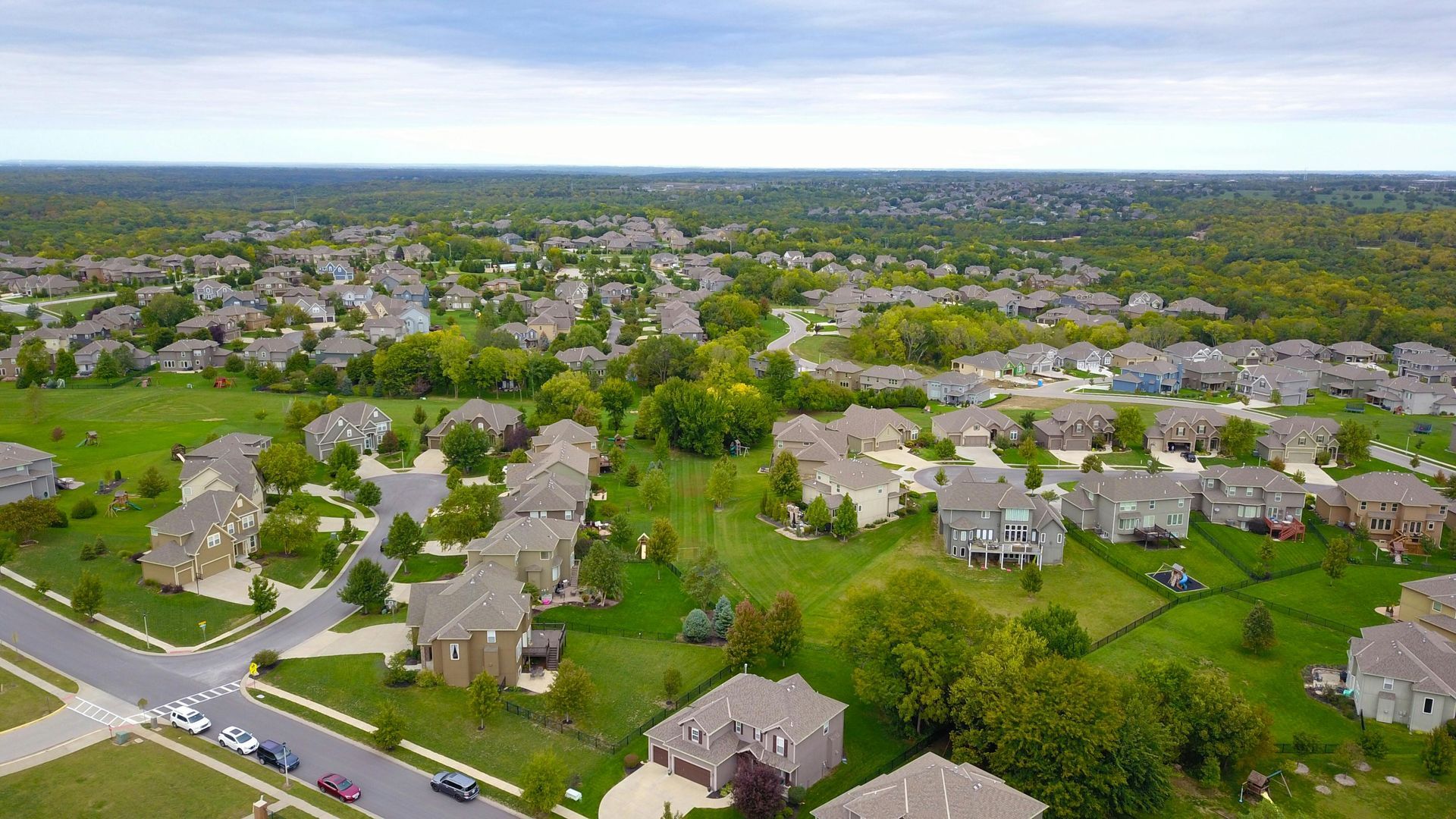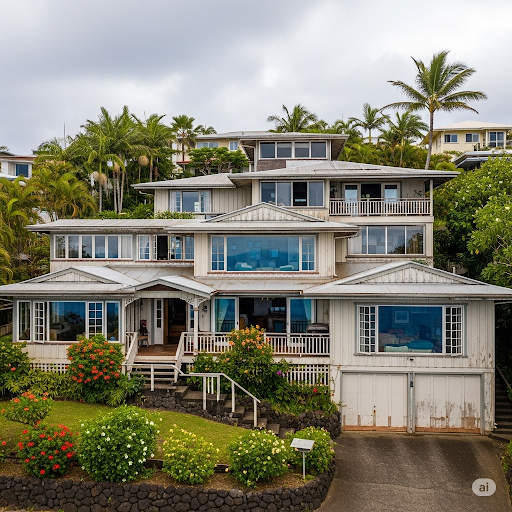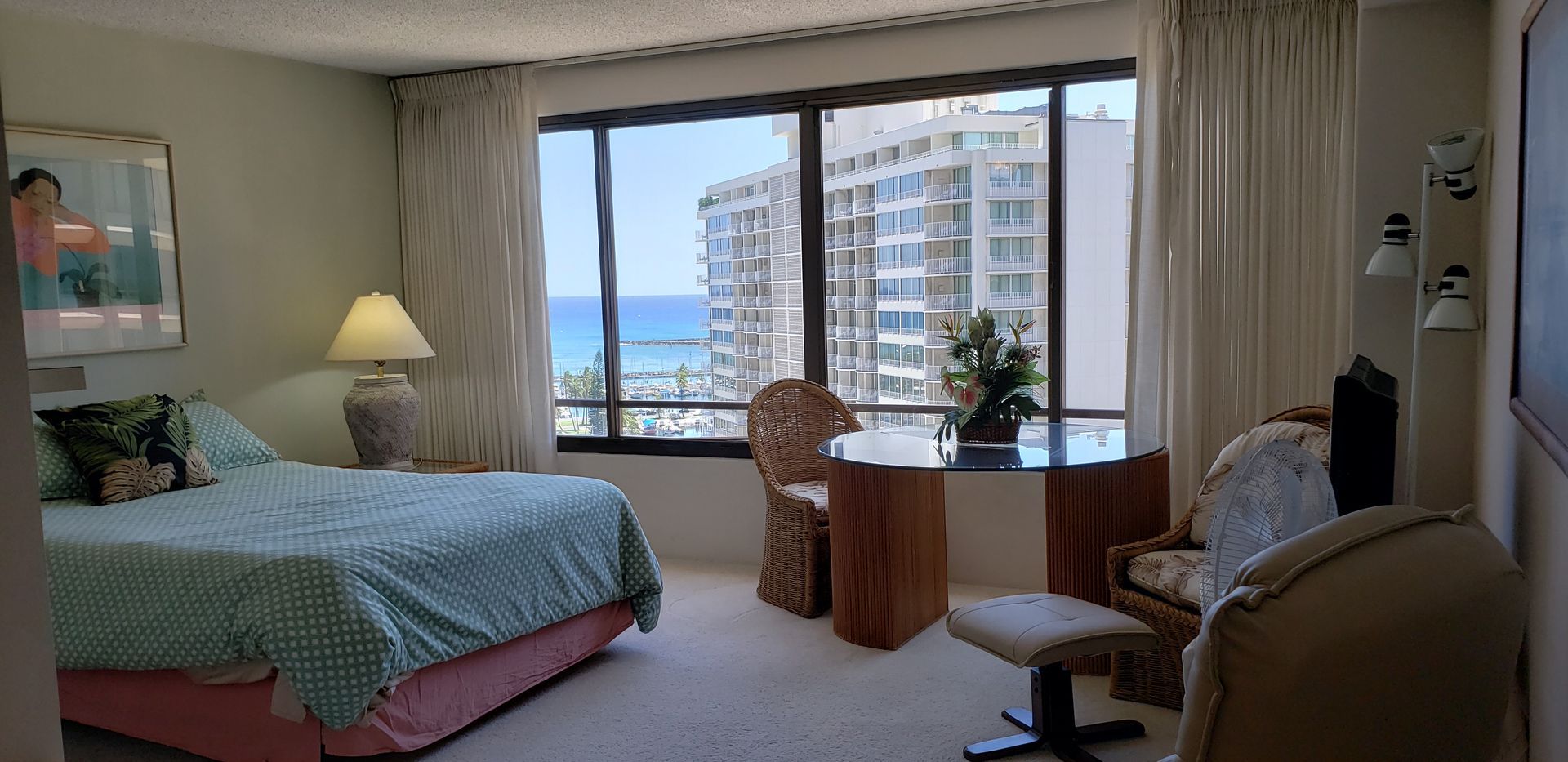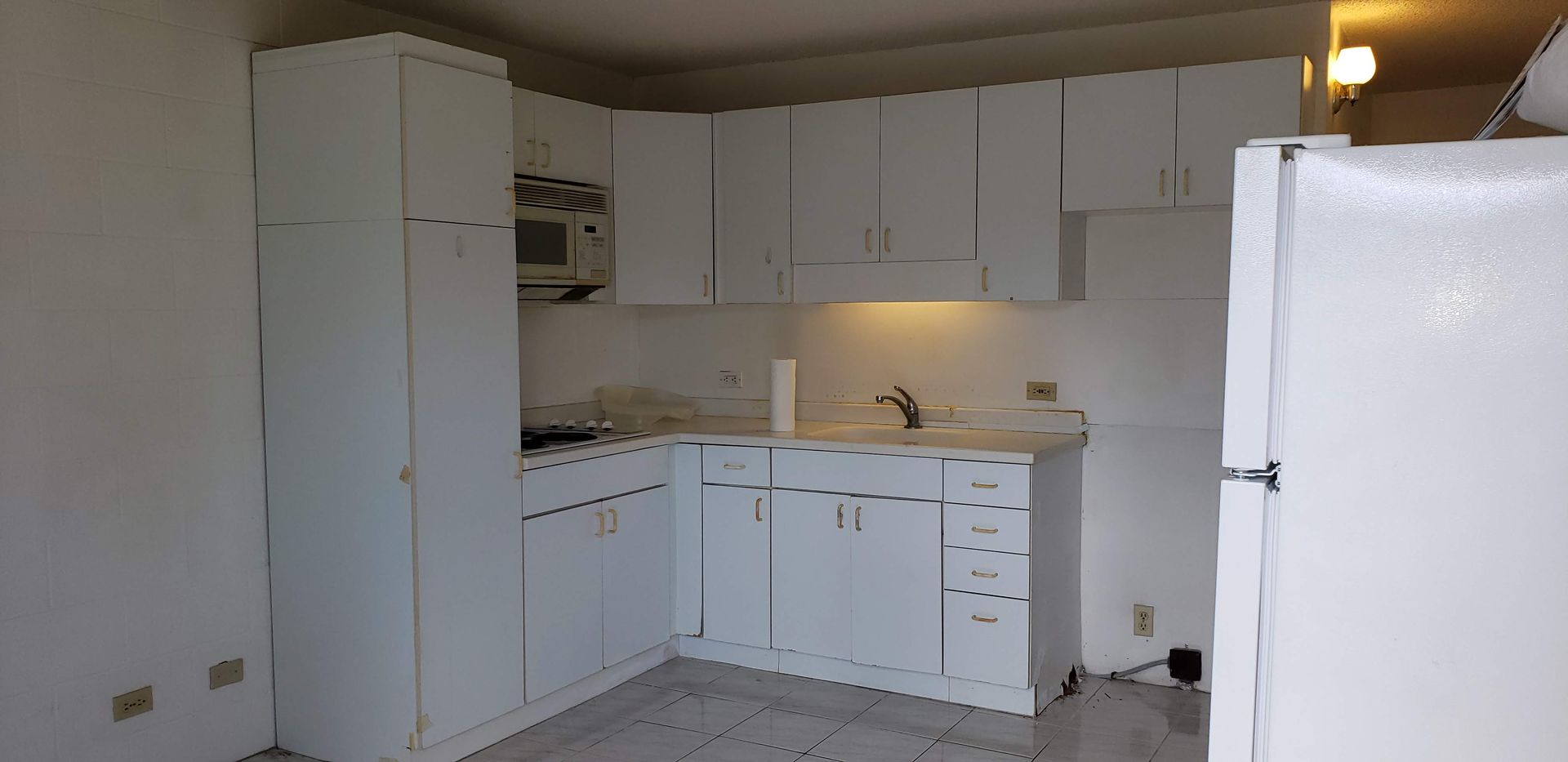ADUs on Oahu: Rules, Hurdles, and Real Benefits for Homeowners and Buyers
Jennifer Peele • May 4, 2025
Oahu’s soaring home prices are driving families to embrace creative solutions like multi-generational living and Accessory Dwelling Units (ADUs). Whether you’re a homeowner looking to boost your property’s value or a buyer seeking flexible options, understanding the latest ADU rules and trends is key to making smart real estate decisions. Here’s a clear breakdown of the current Oahu-specific rules and requirements for ADUs, updated for 2025.

Why Multi-Generational Living Is Booming
- Economic Necessity Meets Tradition: Hawaii leads the nation in multi-generational households, blending high living costs with a strong ‘ohana (family) culture. Sharing a property helps families manage mortgages, utilities, and childcare, keeping everyone close.
- Modern Needs, Timeless Values: Multi-gen living delivers built-in elder care and child supervision, reducing the need for outside services. Seniors enjoy daily interaction, while parents gain extra support and flexibility.
ADUs: The Basics
What Is an ADU?
An Accessory Dwelling Unit (ADU) is a self-contained living space-complete with its own kitchen, bathroom, and entrance-built on the same lot as a primary residence. ADUs can be attached (like a basement or over-garage apartment) or detached (standalone cottage or converted garage)659.
Why Add an ADU?
- Generate rental income to offset your mortgage or other expenses.
- Increase your home’s resale value-homes with ADUs often sell for a premium.
- Adapt to changing family needs, such as housing adult children, aging parents, or creating a home office
2025 Zoning & Legal Updates
- On Oahu, ADUs are permitted in residential zones R-3.5, R-5, R-7.5, R-10, R-20, and certain country districts.
- Maximum ADU size: 400 sq. ft. for lots 3,500–4,999 sq. ft.; 800 sq. ft. for lots 5,000 sq. ft. or more.
- Minimum lot size: 3,500 sq. ft. for one ADU.
- ADUs cannot be sold separately from the main property-they are rental or family-use only.
- ADUs must be self-contained, with their own kitchen, bathroom, and entrance.
- Owner-occupancy required: The owner must live in either the main house or the ADU.
- Most ADUs require one additional parking space unless within half a mile of a rail station.
- All ADUs require city pre-checks for sewer, water, and traffic capacity before permitting.
- ADUs cannot be used as short-term rentals; the minimum rental period is six months
Financing Your ADU or Multi-Gen Home
- FHA Loans: Low down payments (as low as 3.5%), flexible credit requirements, and can be used for 1–4-unit properties-ideal for multi-gen families pooling resources.
- Conventional Mortgages: Multiple applicants can combine incomes for a higher loan amount.
- Renovation Loans (e.g., FHA 203(k)): Finance both purchase and renovation in one loan-perfect for adding or upgrading ADUs.
- Home Equity Options: Tap into your home’s equity via HELOC, home equity loan, or cash-out refinance to fund your ADU project.
- Construction Loans: Finance land and construction together, converting to a standard mortgage after completion.
- Special Programs: Some lenders offer “Household Plus” mortgages, letting all residents’ incomes count toward qualification. VA and USDA loans offer favorable terms for eligible buyers.
Value Implications
- Adding an ADU can increase your home’s value by up to 35%.
- Rental income from an ADU can help cover mortgage, taxes, and maintenance.
- ADUs are not sold separately but enhance the overall property value and marketability.
Recent and Upcoming Changes (2025 and Beyond)
- New Law (Ordinance 25-2): Effective September 30, 2025, Oahu will allow both an ADU and an Ohana unit on a single-family lot-up to three dwelling units total (main house + ADU + Ohana).
- State Law (Act 39): Honolulu must update its ordinances to comply with Act 39, which requires more development potential in apartment and mixed-use districts, possibly impacting density and future ADU allowances.
If you’re thinking about finding a home with an ADU or exploring ways to add value to your Oahu property, I’d love to help. Give me, Jennifer Peele at Keeping Real Estate “A-PEELE-ING,” a call anytime-let’s chat about your goals and how we can make your multi-generational living or investment plans come to life.

There's a hidden challenge—and a fascinating opportunity—lurking in some of Oahu's most sought-after neighborhoods. When I first became a realtor here, the term 'monster homes' often came up, usually with a shake of the head or a sigh. For homeowners, they sometimes meant headaches; for savvy investors, a perplexing puzzle. As someone deeply involved in Oahu property management, I quickly realized that ignoring the story of these oversized dwellings meant missing a crucial piece of our island's real estate puzzle. Why did certain neighborhoods push back so hard against them, and what does their evolution mean for your investment future in paradise? Let's dive in.

I want to share a real-life closing story that perfectly shows just how unique and sometimes tricky our island's property market can be. We're going to dive into the world of leasehold properties and what happens when they get a rare chance to become fee simple – and how I helped a client navigate all the twists and turns.

As a realtor in Oahu, I've noticed a significant number of assumable VA loans available, alongside many misconceptions about the process. With so many sellers holding onto low interest rates from a few years ago, these loans are becoming an incredibly powerful tool for both buyers and sellers in today's market.







